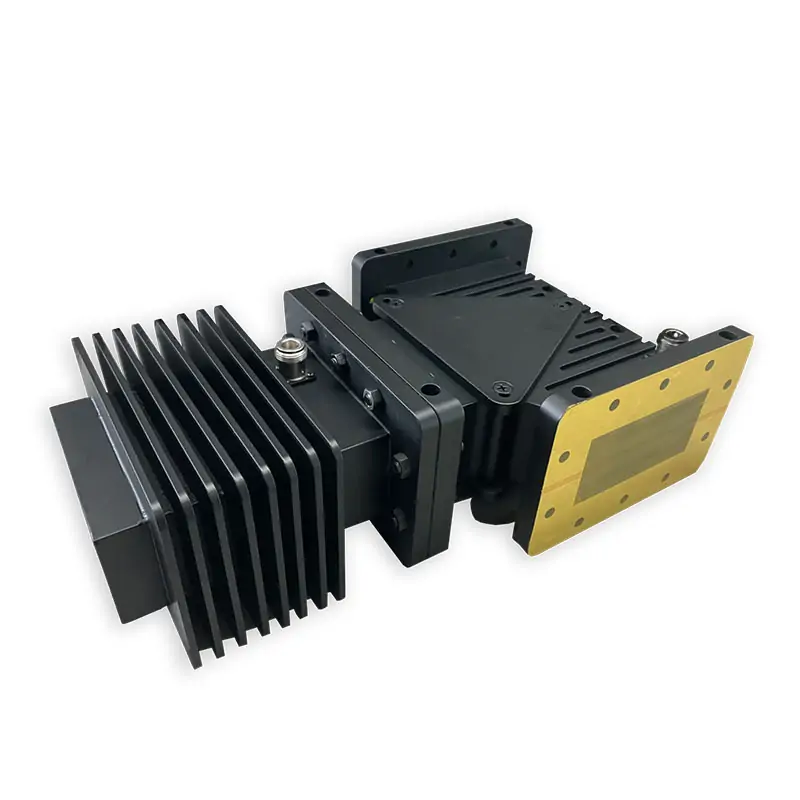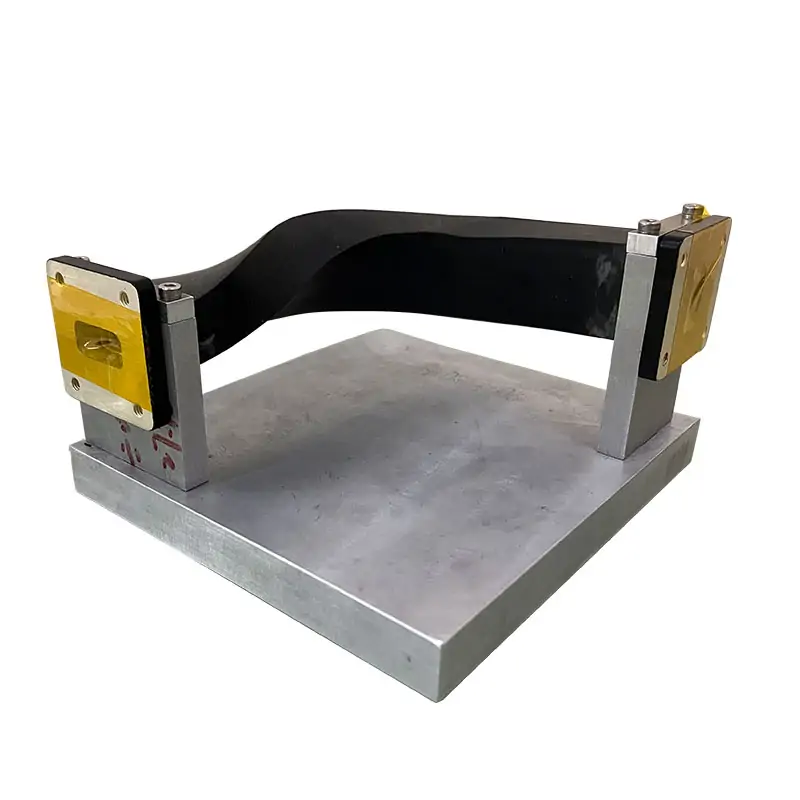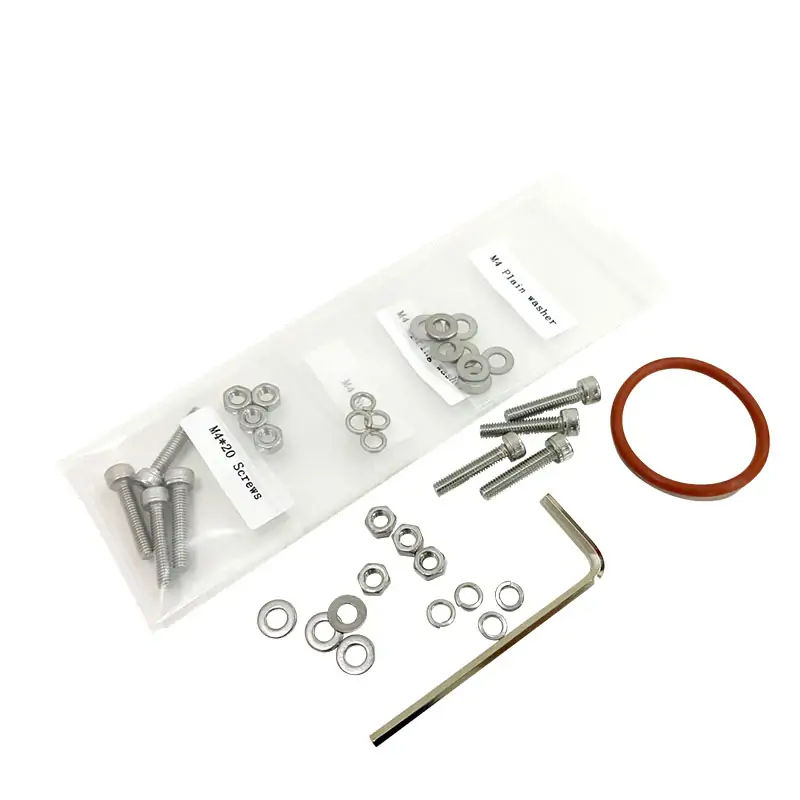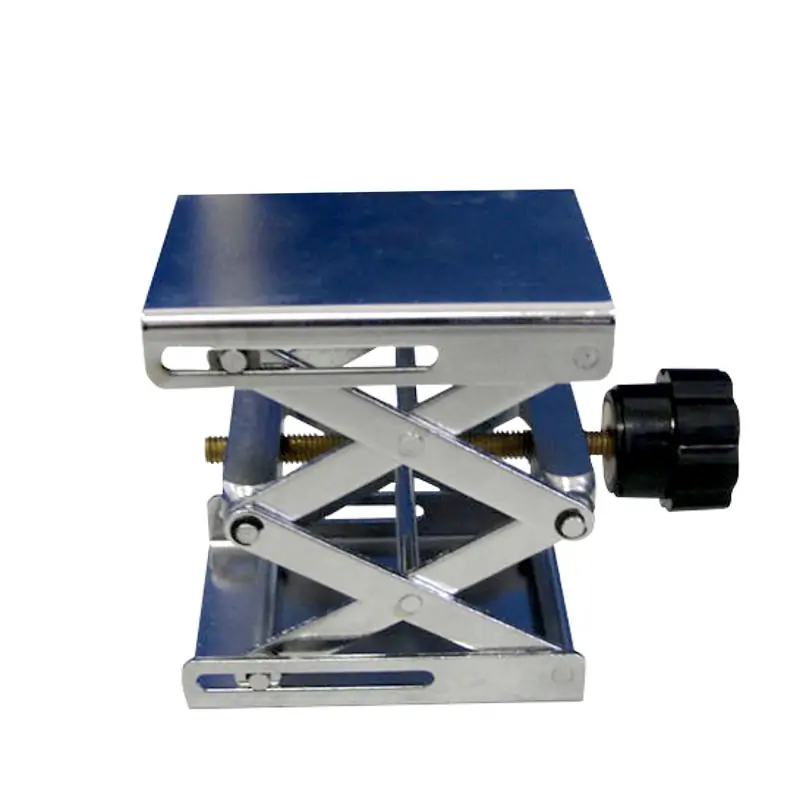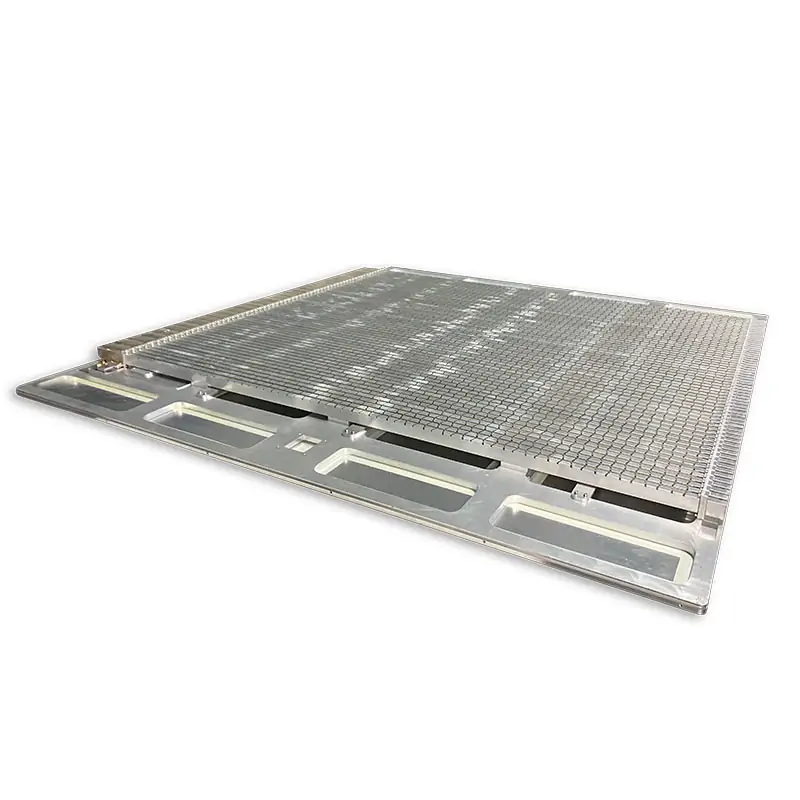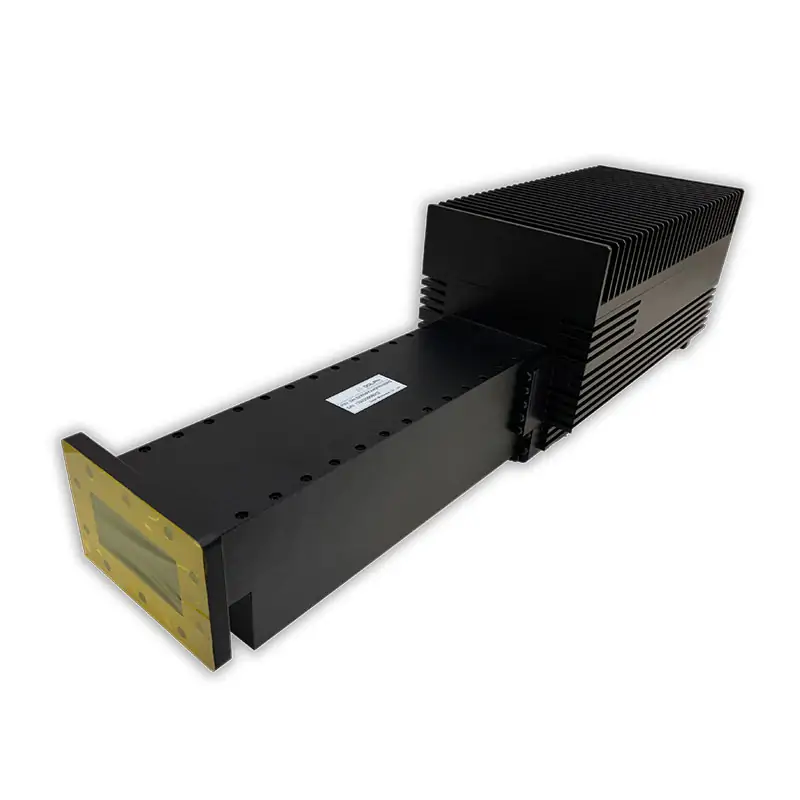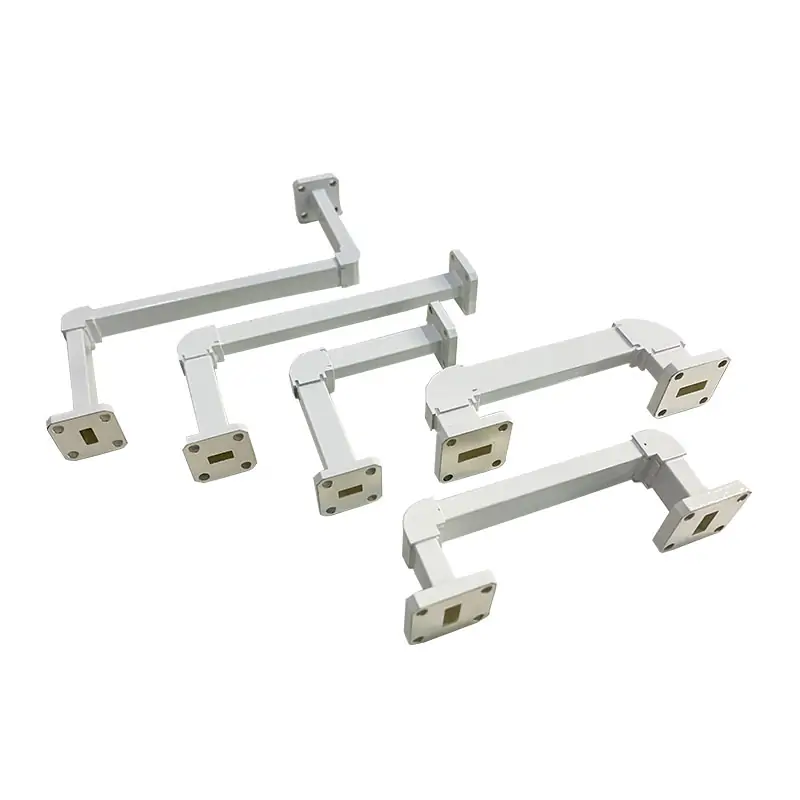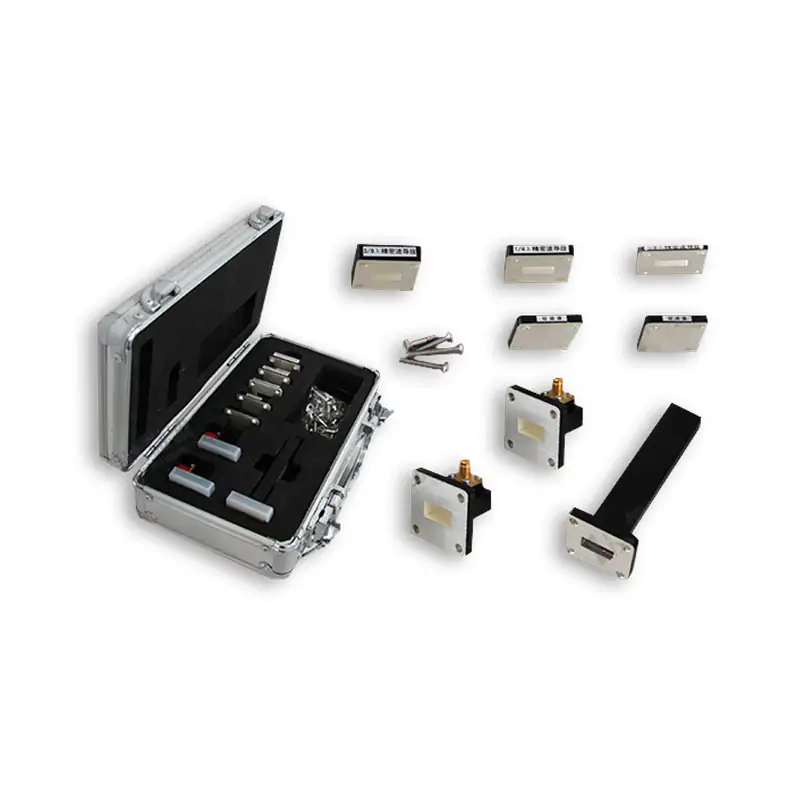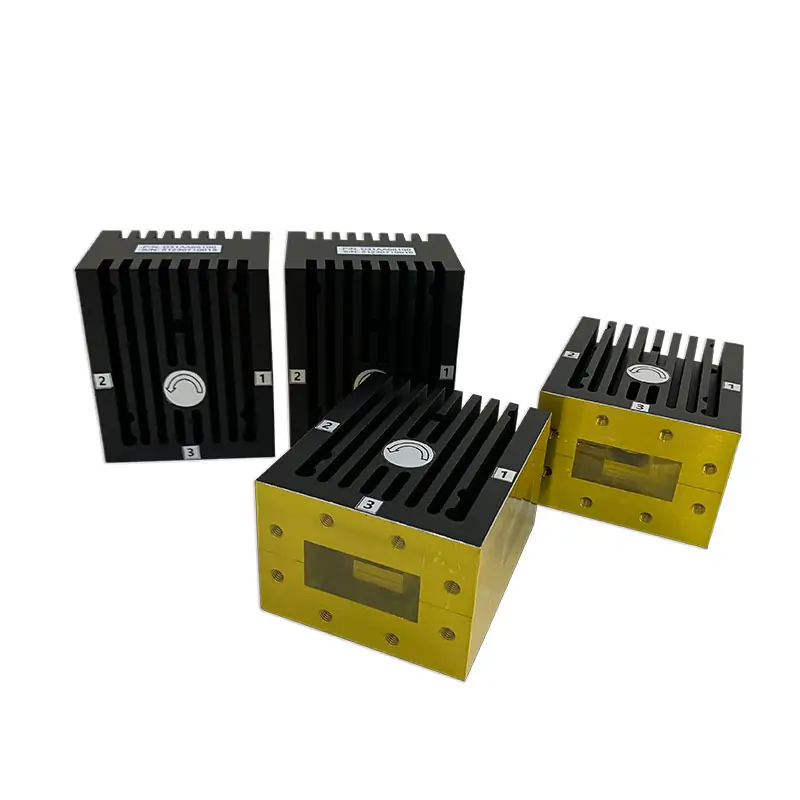Microwave Isolator
A Microwave Isolator is a non-reciprocal device used to allow microwave signals to pass in one direction while providing high isolation to signals in the reverse direction. It is essential in protecting sensitive microwave components from reflective energy, widely used in radar, telecommunications, and satellite communication systems for enhancing signal integrity and system performance.
Explore the forefront of microwave signal management with the Dolph Microwave Isolator, a cutting-edge solution designed to ensure unidirectional flow of signals in various high-frequency applications. Engineered for performance, reliability, and versatility, this product stands as a cornerstone in enhancing system efficiency and safeguarding sensitive components from signal reflection damage. Let’s dive into the specifics that make the Dolph Microwave Isolator an indispensable asset in modern electronic systems.
Product Features
The Dolph Microwave Isolator excels in its capacity to fully absorb reflected microwaves, thanks to its high power handling, lightweight design, and compact size. With options for cooling and customizable configurations, it caters to a wide range of operational demands.
Key Specifications:
- Frequency Range: Operates effectively at 915 MHz and 2450 MHz, covering essential microwave bands.
- Waveguide Size: Available in WR340, WR430, and WR975, providing flexibility for system integration.
- Handling Power: Capable of managing 6 KW, 10 KW, up to 20 kW continuous wave (cw), supporting high-power applications.
- Cooling Options: Offers both water and air-cooled variants, ensuring optimal performance under varying operational conditions.
- Flange Types: Features Cover and Grooved flanges, accommodating different mounting and connection requirements.
Distinctive Features:
- Superior Signal Directionality: Guarantees signal transmission in a single direction, eliminating the risk of reflection and backflow.
- Enhanced System Protection: Safeguards transmitting devices from potential damage caused by reflected signals.
- Reduced Signal Interference: Minimizes system noise and interference, ensuring clear and stable signal transmission.
- High Power Handling: Effectively manages high power levels, making it suitable for demanding applications.
- Flexible Cooling Options: Adapts to various operational environments with water and air-cooling capabilities.
- Compact and Lightweight: Its design facilitates easy integration into existing systems without compromising on space or weight.
- Customizable Solutions: Offers both standard and customized configurations to meet specific application requirements.
Applications
The Dolph Microwave Isolator finds its utility in a broad spectrum of fields, including but not limited to:
- Communications: Enhances antenna systems by ensuring efficient one-way signal flow.
- Radar Technology: Reduces echo interference, improving target detection accuracy.
- Medical Equipment: Stabilizes high-frequency signal transmission in radiotherapy and imaging systems, reducing radiation exposure risks.
- Radio Spectrum Analysis: Ensures precise measurements by preventing signal reflection and interference.
Future Prospects
The relentless pace of technological innovation promises a bright future for microwave isolators. As demands for higher frequencies, superior performance, and miniaturization grow, the Dolph Microwave Isolator is poised for continuous evolution. Advances in materials science, manufacturing processes, and design methodologies will further enhance its capabilities, securing its role in the advancement of electronic systems across various industries.
Technical Specifications Table
| Specification | Detail |
|---|---|
| Frequency Range | 915 MHz and 2450 MHz |
| Waveguide Size | WR340, WR430, WR975 |
| Handling Power | 6 KW, 10 KW, up to 20 kW cw |
| Cooling | Water or Air-Cooled |
| Flange Type | Cover and Grooved |
In conclusion, the Dolph Microwave Isolator represents a leap forward in the domain of microwave transmission. Its exceptional features and versatile applications underscore its essential role in modern electronic systems, promising enhanced performance, reliability, and system integrity across a multitude of sectors.

